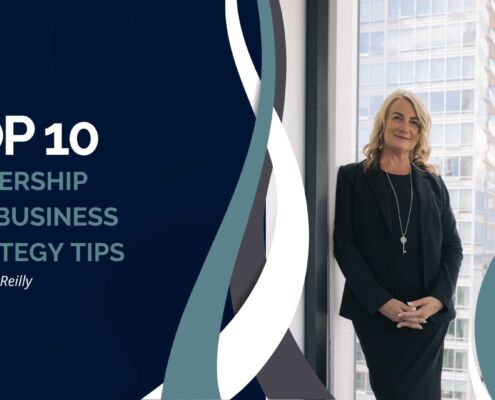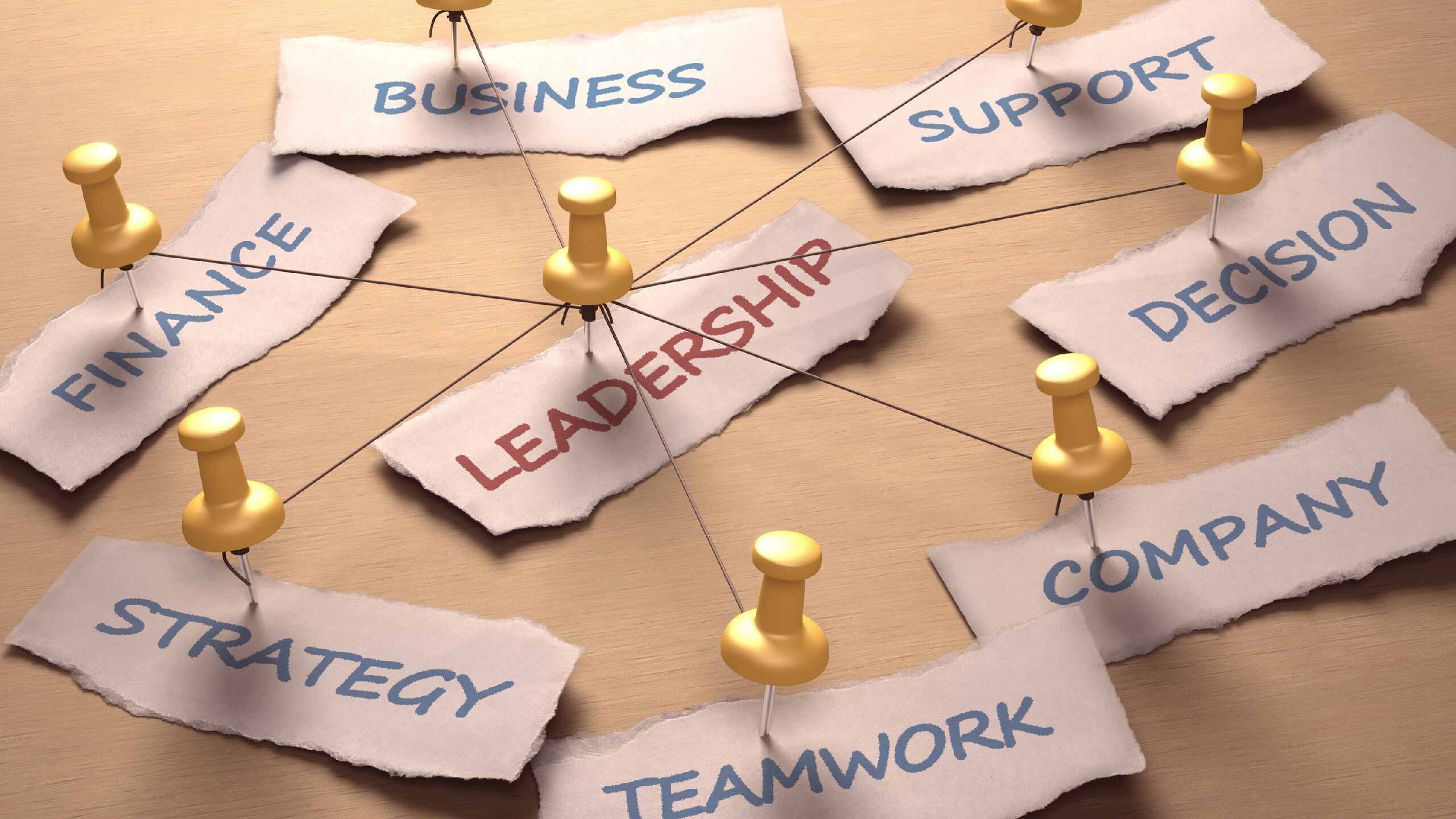Posts

Top 10 Leadership and Business Strategy Tips
Here are my top 10 leadership and business strategy tips that…

FIVE CORE LEADERSHIP TACTICS
There are five leadership tactics that I follow that help me…

Leadership Style | What makes a good leader?
Leadership Function and Style
Every leader's #1 function is…

